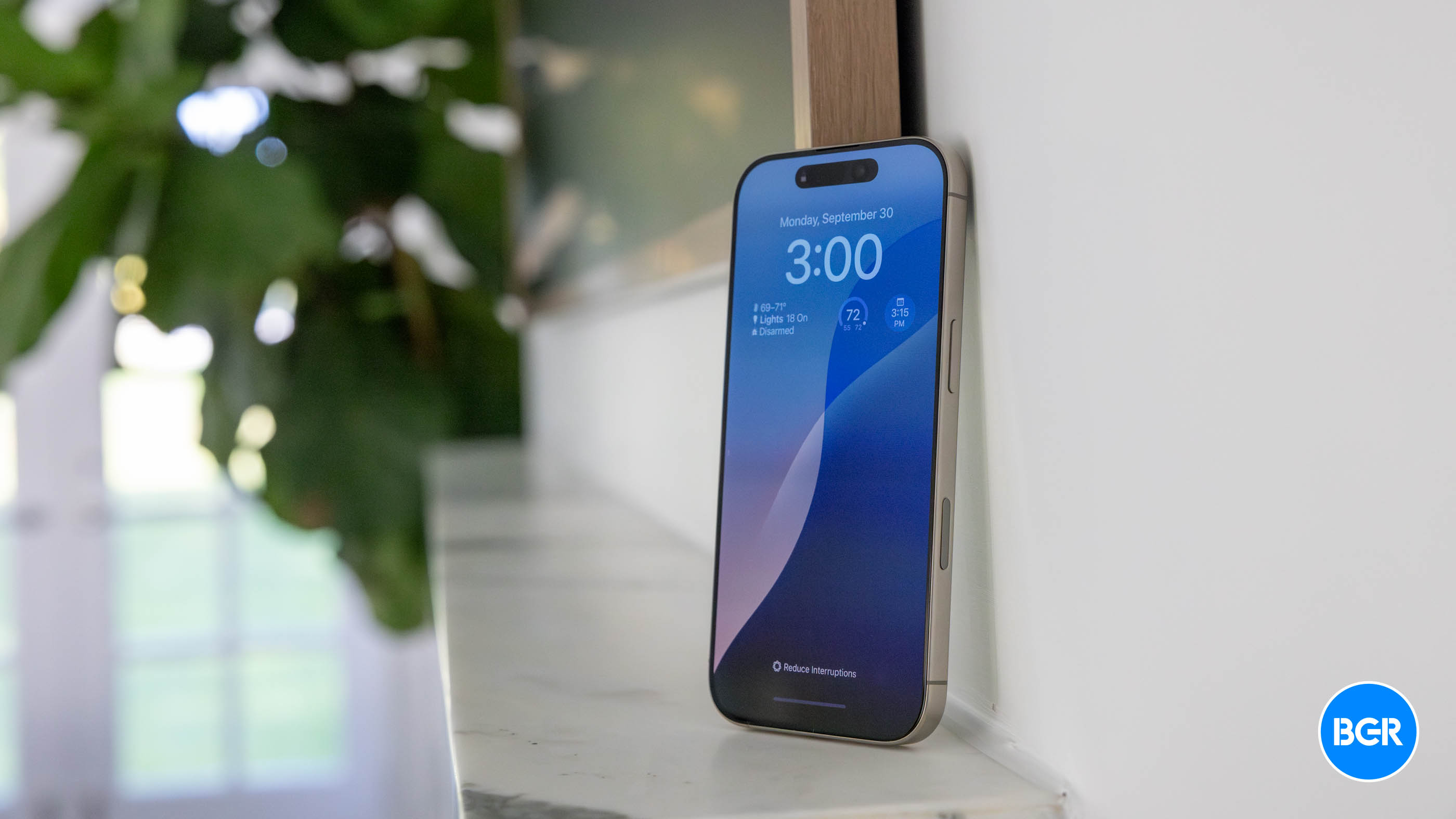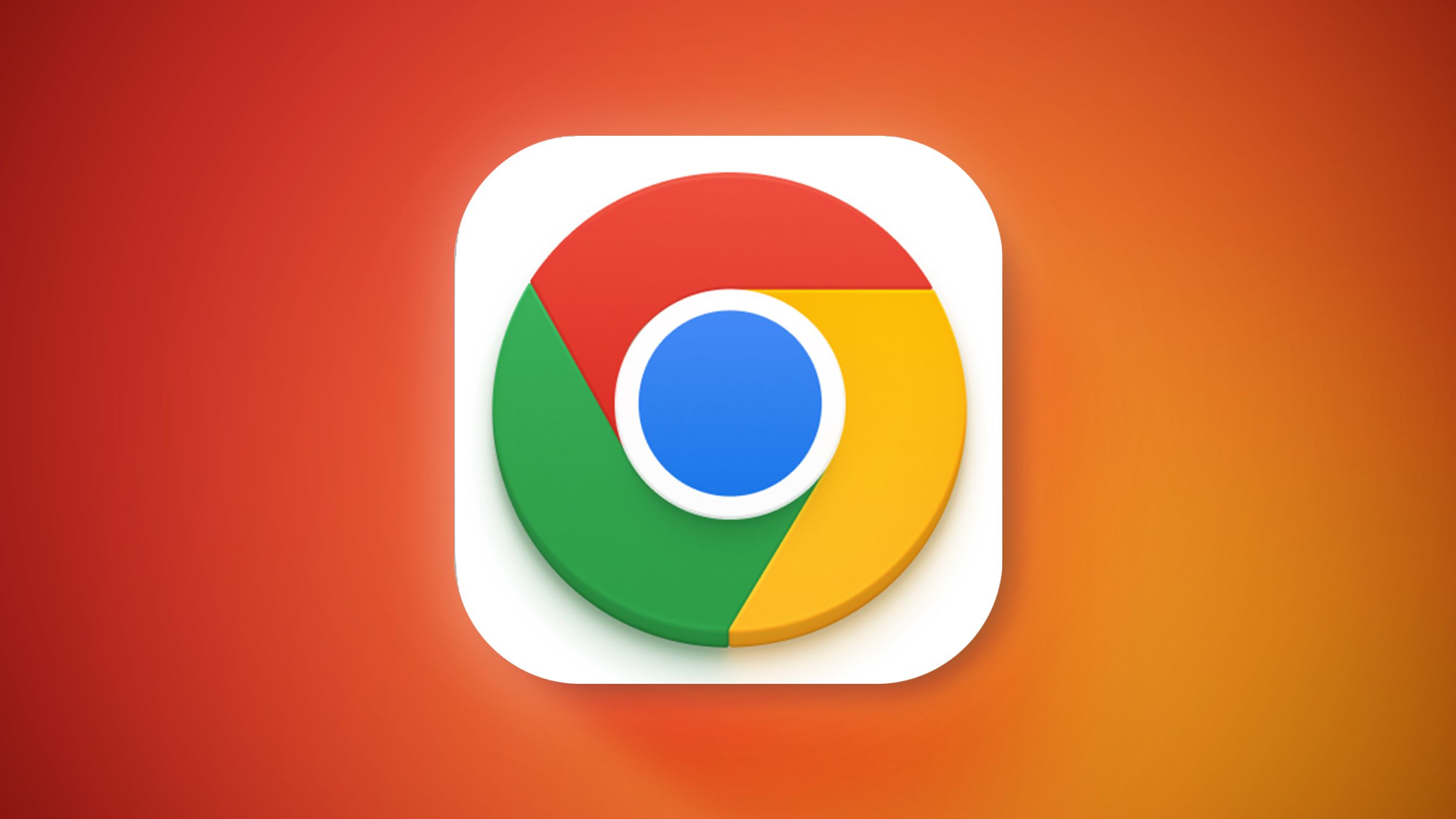Before the iPhone 16 series rolled out, I knew I wanted an iPhone with a larger screen than the traditional iPhone Pro size I’d been using.
I went with the iPhone 16 Plus, then switched to the iPhone 16 Pro Max, testing both handsets for a couple of months each. The screens were amazing, and that’s the main thing I miss about them.
I didn’t like the bulk, though. Somehow, I felt the phone’s large footprint more on the Plus. The iPhone 16 Pro Max turned out to offer a better experience. The titanium frame might explain why the Pro Max felt so good in hand.
Those four months with the larger iPhone 16 models convinced me that Apple was on the right track with the iPhone 17 Air. That’s the ultra-thin iPhone 17 version that will replace the Plus size this year. We’ve seen the Air in leaks since last year.
The iPhone 17 Air could give me the large-screen iPhone experience without the bulky footprint. I’ll take that, even if I have to sacrifice battery life and camera performance. Also, if a new rumor is accurate, I won’t have to worry about durability. The iPhone 17 Air should be the only iPhone 17 version with a titanium frame.
Apple introduced titanium frames with the iPhone 15 Pro models, and it turned out to be a great move. Titanium is both durable and light. These iPhones definitely feel better in the hand than the stainless steel models Apple used for the Pro and Pro Max before the iPhone 15 series.
Word is, Apple is switching back to aluminum for the iPhone 17 Pro and 17 Pro Max. I don’t see it as a downgrade. Aluminum is durable enough, and it’s light.
Also, dropping titanium might help Apple cut costs in a year when manufacturing expenses matter more than ever. I already expect the iPhone 17 Air to be more expensive than the Plus models, and tariffs are to blame. Other iPhone 17 versions could also see price hikes, though nothing is official.
But Apple is reportedly using titanium for the iPhone 17 Air frame. That’s according to analyst Jeff Pu (via MacRumors). He said the iPhone 17, 17 Pro, and 17 Pro Max will have aluminum frames.
The only reason Apple might use titanium instead of aluminum for a phone outside the Pro lineup could be durability. The iPhone 17 Air is rumored to be just 5.5 mm thick. Nobody would blame you for wondering whether that’s strong enough to withstand accidental pressure without bending.
In other words, Apple doesn’t want another “Bendgate” like with the iPhone 6 series. Those aluminum iPhones could bend surprisingly easily. Apple fixed the issue in the iPhone 6s, and later models passed bend tests just fine.
I’m confident Apple could use an aluminum alloy for the iPhone 17 Air and avoid bending. But using titanium on the outside is a smart marketing move. It answers the question, “Will the iPhone 17 Air bend?” before you even ask it.
Does Samsung’s Galaxy S25 Edge bend?
A titanium frame will get the job done. It strengthens the structure of an ultra-thin phone. How do I know? Well-known YouTuber JerryRigEverything tried to bend the Galaxy S25 Edge and couldn’t do it.
That’s Samsung’s ultra-thin phone, released a few months ago. At 5.8 mm, it’s slightly thicker than the iPhone 17 Air’s rumored 5.5 mm. But the Galaxy S25 Edge also uses a titanium frame, which makes bending it nearly impossible. You can check out that video below.







